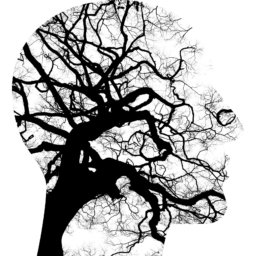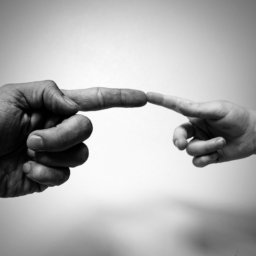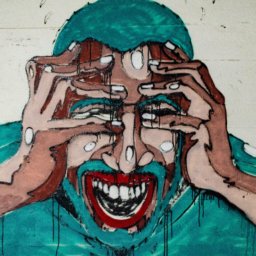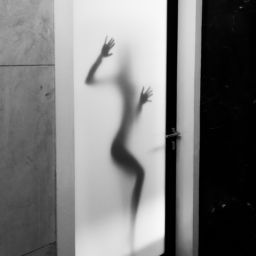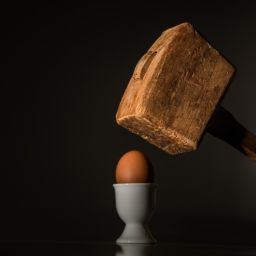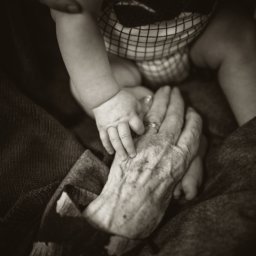The Art of Medicine is difficult to define. On the one hand we have the image of the curt gentleman in his waistcoat with his stethoscope dangling around his neck, his brain filled with acronyms and his gait exuding importance. On the other hand we have the muddy waters of human life, of ethics and raw emotion, those gut-wrenching moments where roles are reversed and spouses become carers, parents turn into children.
It is this dichotomy that opens the door to creative medical writing; the beautiful combination of the sciences with the living, breathing human being. The cells observed through a microscope can be translated into the young lady sitting in the ward who has just lost her unborn child from an autoimmune condition that is destroying her red blood cells. The flow diagrams of gluconeogenesis in the liver drawn out in our textbooks can be illustrated in the fifteen-year old girl who has come through A&E for the fifth time this week, having stopped her insulin because she hates being ‘different.’ This is where creative writing steps in; to be able to imagine what it feels like to be a patient who is depressed, poor, isolated and hurt. Creative Medical Writing allows the transformation of disease into illness.
medicine, healthcare, medical humanities
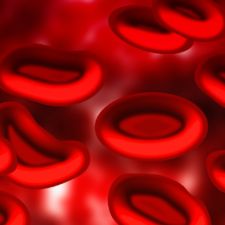
The Oxford Dictionary defines creativity as ‘the use of imagination or original ideas to create something’ (1) while medicine is defined as ‘the science of practice of the diagnosis, treatment, and prevention of disease’ (2). So how does one link to the other?
Medicine is indeed a very practical activity while the act of writing is solitary. At first glance, they appear to be polar opposites. But when one looks closer at the practice of medicine, one finds an awful lot of imagination being used. The typical morning ward round consists of requesting blood tests and radio-imaging, prescribing medication and monitoring a patient’s heart rate, blood pressure and numerous other parameters. But it also involves the intimate conversation of doctor and patient: the meeting together of two different perspectives – the expert of science and the expert of the self. And it is imagination that helps us to overcome this meeting and begin the process of treatment.
Why does my patient refuse to take her medication?Why does my patient continue to drink alcohol, even though I have repeatedly told him it will kill him?
These are all questions that illustrate the vast chasm between the thinking of the clinician and the thinking of the patient. And it is imagination – the heart of creativity – that bridges these gaps together.
Perhaps because taking twelve different tablets at separate times of day is so difficult to remember. Perhaps because the idea of being unwell is too painful for her to accept.
Perhaps alcohol offers a level of comfort to him that my repetition of facts and statistics never will.
Perhaps alcohol is the only thing that offers any routine to his day. Perhaps alcohol is a type of medication that cannot be provided by my own prescriptions.
Medical creative writing paints us the doorway into the life of a single-mother battling life and disease with every breath. It gives us the keyhole into the mind of a depressed young teenager, a businessman who drinks a bottle of whiskey every night after a hard day’s work.
But it is not only within the confines of the hospital building that Creative Medical Writing makes its mark. It is all around us. The modern age is the era of Creative Medical Writing. It is the era of the flattening of medical hierarchy and the rise of the patient. Creative Medical Writing has begun to dig its foundations into the way we train future doctors – the emphasis on patient centered care, the patient as an individual, the importance of empathy and compassion within the structure of science and facts – but it is also in the surroundings around us. Bookstores have become filled with patient stories, of experiences of cancer and chronic pain, battles with schizophrenia and life-changing moments when you hear your child’s first cry, or listen to the last breath of your father. These stories are filled with imagination and creativity, linking the battles in the field of medicine filled with drugs and needles with the relatable emotions of human life.
medicine, healthcare, medical humanities

Creative Medical Writing is not an oxymoron but a necessity if we are to create a medical profession which is sensitive and empathetic to the needs of its patients, and a population that sees suffering as a personal and transformative journey. Creative Medical Writing makes us all into more caring and compassionate people. It is there for all of us not only as readers, but as a potential outlet when someday we too will succumb to disease, and will be able to view our experiences with a broader and more appreciative lens.
- Oxford University Press. 2017. Creativity [Online]. Available at: https://en.oxforddictionaries.com/definition/creativity [Accessed: 30th May 2017]
- Oxford University Press. 2017. Medicine [Online]. Available at: https://en.oxforddictionaries.com/definition/medicine [Accessed: 30th May 2017]

